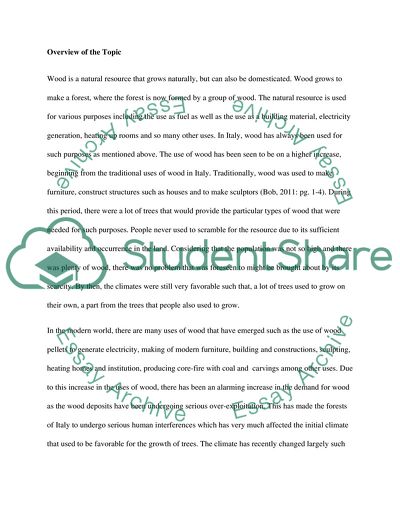Cite this document
(What Is Sustainability - Environmental Assessment for Sustainable Deve Assignment - 3, n.d.)
What Is Sustainability - Environmental Assessment for Sustainable Deve Assignment - 3. Retrieved from https://studentshare.org/environmental-studies/1638351-sustainability
What Is Sustainability - Environmental Assessment for Sustainable Deve Assignment - 3. Retrieved from https://studentshare.org/environmental-studies/1638351-sustainability
(What Is Sustainability - Environmental Assessment for Sustainable Deve Assignment - 3)
What Is Sustainability - Environmental Assessment for Sustainable Deve Assignment - 3. https://studentshare.org/environmental-studies/1638351-sustainability.
What Is Sustainability - Environmental Assessment for Sustainable Deve Assignment - 3. https://studentshare.org/environmental-studies/1638351-sustainability.
“What Is Sustainability - Environmental Assessment for Sustainable Deve Assignment - 3”, n.d. https://studentshare.org/environmental-studies/1638351-sustainability.


